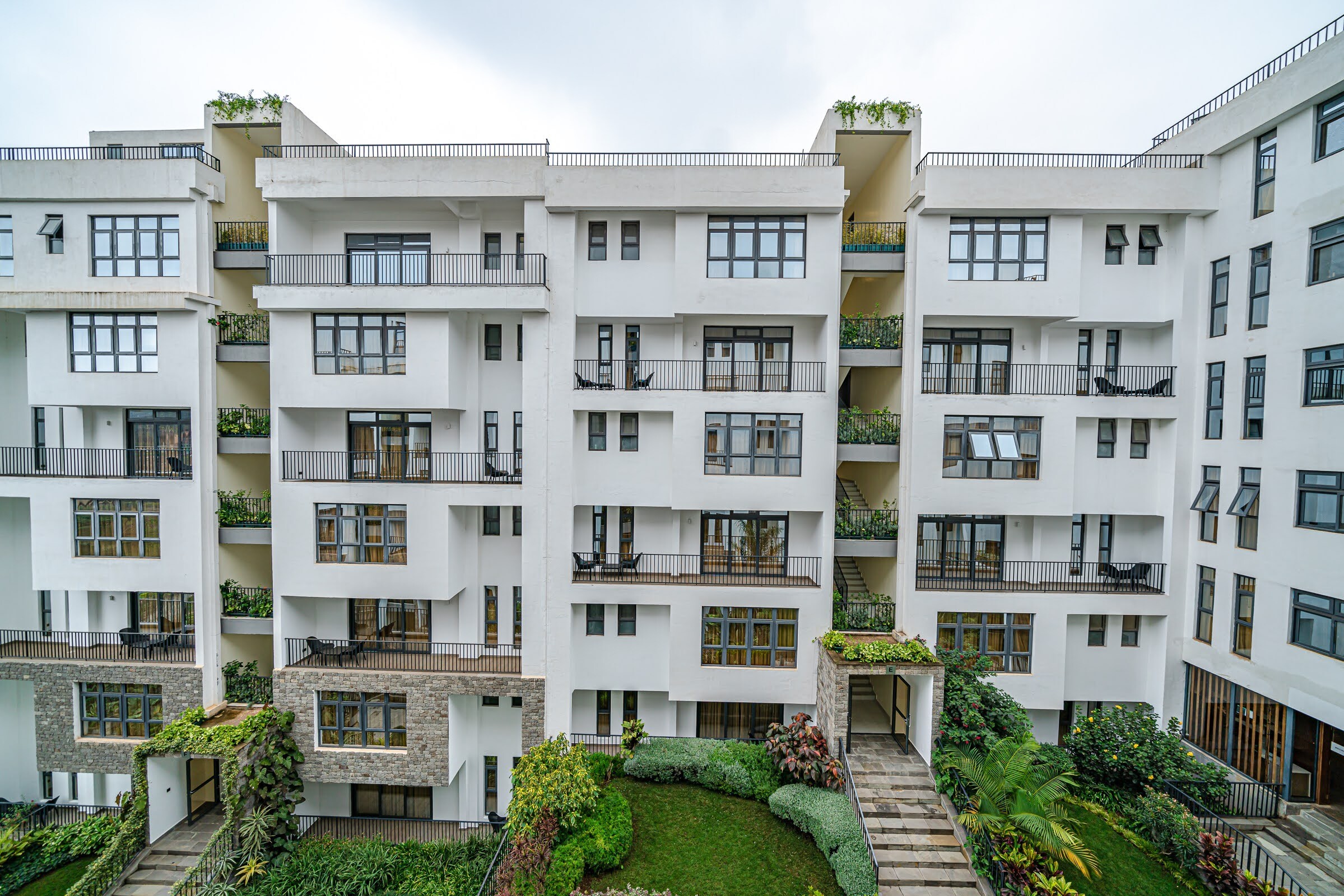
How to Use the Price-to-Rent Ratio for Smarter Property Investments
Price-to-Rent Ratio: Your Guide to Better Investments
The price-to-rent ratio is a powerful tool that helps real estate investors, homebuyers, and renters determine whether buying or renting a property is the better financial decision. By comparing the cost of purchasing a home to its potential rental income, this metric provides valuable insights into market conditions and investment opportunities.
A lower ratio often suggests that buying is more cost-effective, while a higher ratio indicates that renting may be the smarter choice.
Understanding and applying the price-to-rent ratio allows investors to assess rental yield, identify profitable markets, and make data-driven decisions. Whether you're considering property in a high-demand urban area or an emerging neighborhood, this ratio helps evaluate long-term profitability and risk.
This guide will walk you through how to calculate, interpret, and use this essential tool to make informed real estate investments. Let’s dive in!
What Is the Price-to-Rent Ratio?
The price-to-rent ratio compares the cost of buying a property to the cost of renting it. You calculate it by dividing the property’s price by its annual rental income. For example, if a home costs 300,000 and rents for 1,500 monthly ($18,000 annually), the ratio is 16.7.
A lower ratio suggests buying might be better. A higher ratio indicates renting could be smarter. This metric is especially useful in markets like Nairobi, where property values and rental incomes vary widely.
Understanding this ratio helps you make informed decisions. It’s not just about numbers; it’s about understanding the market dynamics. In areas like Riverside or Westlands, where property prices are high, the ratio can guide you on whether to invest or wait.
Why the Price-to-Rent Ratio Matters for Real Estate Investment
The price-to-rent ratio helps you evaluate investment potential. It shows whether a property can generate good rental income relative to its price. In areas like Riverside or Westlands, where property values are high, this ratio can guide your decisions.
It also helps you compare different markets. For instance, Syokimau might have a lower ratio than Karen, making it more attractive for rental yield. By understanding this ratio, you can make smarter property purchases.
This ratio is particularly useful for first-time investors. It provides a clear metric to compare properties and neighborhoods. For example, in emerging neighborhoods like Ruaka, the ratio might be lower, indicating better investment potential.
How to Calculate the Price-to-Rent Ratio
Calculating the price-to-rent ratio is simple. First, find the property’s market value. Next, determine its annual rental income. Finally, divide the price by the annual rent.
For example, a property in Ruaka priced at 200,000 with a monthly rent of 1,000 has an annual rent of 12,000. The ratio is 16.7. Compare this to Athi River, where a 150,000 property renting for $1,200 monthly has a ratio of 10.4. The lower ratio in Athi River suggests better investment potential.
This calculation helps you compare properties across different areas. For instance, a property in Divine Residence might have a higher ratio than one in Syokimau, indicating different investment potentials.
Evaluating Markets with the Price-to-Rent Ratio
The price-to-rent ratio varies by location. In emerging neighborhoods like Syokimau, ratios might be lower due to growing demand. In established areas like Karen, higher ratios reflect premium property values.
Analyzing market trends is key. For example, off-plan developments in Riverside might offer lower ratios today but higher returns in the future. By studying these trends, you can identify areas with strong rental yield and growth potential.
This ratio also helps you understand market volatility. In areas like Westlands, where property values fluctuate, the ratio can guide your investment decisions.
Price-to-Rent Ratio and Return on Investment (ROI)
The price-to-rent ratio directly impacts ROI. A lower ratio often means higher rental income relative to the property’s cost. This boosts your ROI.
For instance, a property in Divine Residence with a ratio of 12 might offer better returns than one in Westlands with a ratio of 20. By focusing on areas with favorable ratios, you can maximize your real estate investment returns.
This metric is particularly useful for long-term investments. In areas like Athi River, where the ratio is lower, you might see higher ROI over time.
How Market Volatility Affects the Price-to-Rent Ratio
Market volatility can shift the price-to-rent ratio. During downturns, property values might drop, lowering the ratio. In booming markets, rising prices can increase the ratio.
For example, in Nairobi’s real estate market, economic changes can impact ratios in areas like Ruaka or Athi River. Staying updated on market trends helps you adapt your strategy and make informed decisions.
This ratio also helps you navigate market uncertainties. In areas like Syokimau, where the market is growing, the ratio might remain stable, indicating steady investment potential.
Price-to-Rent Ratio for First-Time Investors
First-time investors can use the price-to-rent ratio to avoid overpaying. It helps you identify properties with strong rental income potential.
In areas like Syokimau or Riverside, lower ratios make it easier to start building your property portfolio. By focusing on these neighborhoods, you can minimize risk and maximize returns.
This ratio also helps you compare different types of properties. For example, residential properties in Karen might have higher ratios than commercial properties in Westlands.
Comparing Residential and Commercial Properties
The price-to-rent ratio applies to both residential and commercial properties. However, commercial properties often have higher rental yields, leading to lower ratios.
For example, a commercial property in Westlands might have a ratio of 10, while a residential property in Karen has a ratio of 18. Understanding these differences helps you diversify your investments effectively.
This ratio also helps you evaluate off-plan developments. In areas like Riverside, off-plan properties might offer lower ratios today but higher returns in the future.
Tips for Using the Price-to-Rent Ratio in Nairobi
Nairobi’s real estate market is diverse. Here’s how to use the price-to-rent ratio effectively:
- Focus on emerging neighborhoods like Syokimau and Ruaka for lower ratios.
- Compare ratios across areas like Riverside, Westlands, and Karen.
- Monitor market trends to identify growth opportunities.
By following these tips, you can make smarter property investments in Nairobi.
This ratio also helps you evaluate rental properties. In areas like Athi River, where the ratio is lower, you might find better rental income potential.
Common Mistakes to Avoid
Avoid these pitfalls when using the price-to-rent ratio:
- Ignoring market trends.
- Overlooking additional costs like maintenance and taxes.
- Focusing solely on the ratio without considering location and demand.
By avoiding these mistakes, you can make more informed decisions.
This ratio is a tool, not a rule. Always consider other factors like property condition, location, and market demand.
Final Thoughts
The price-to-rent ratio is a key tool for real estate investors, helping assess whether buying or renting a property is the smarter financial choice. By comparing property prices to rental income, this metric highlights investment potential and guides decision-making. A lower ratio often means better rental yields and stronger returns, while a higher ratio suggests renting may be more cost-effective.
Whether you're looking at high-end areas like Riverside or emerging markets like Syokimau, the price-to-rent ratio provides valuable insights. It helps compare neighborhoods, analyze market trends, and identify profitable opportunities. While it’s a powerful metric, it should be used alongside other factors like property condition, location, and economic trends for well-rounded investment decisions.
Frequently Asked Questions
Topics
Countries
Author

Fahm Bekele
Agent
Share on Social Media
Share
Subscribe To Our Newsletter


Homes
Back



